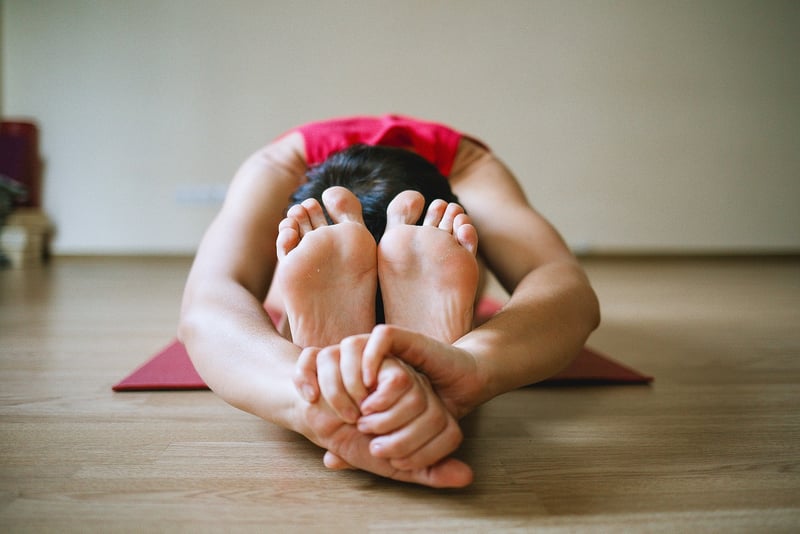Ashtanga Practice
Physical and Mental Well-being through Movement + Ashtanga Practice

Physical and mental well-being are interconnected aspects of our overall health. Incorporating movement and a dedicated Ashtanga yoga practice into your routine can significantly enhance both aspects, leading to a more balanced and fulfilling life.
The Benefits of Movement
Regular physical activity is essential for maintaining a healthy body and mind. Movement helps improve cardiovascular health, strengthen muscles, increase flexibility, and enhance mood through the release of endorphins.
Types of Movement
- Cardiovascular exercises like running, cycling, or dancing
- Strength training with weights or bodyweight exercises
- Flexibility-focused practices such as yoga or Pilates
Introduction to Ashtanga Practice
Ashtanga yoga is a dynamic and physically demanding form of yoga that synchronizes breath with a progressive series of postures. This practice aims to create heat in the body, purify muscles and organs, and produce a sense of internal focus and clarity.
Key Components of Ashtanga Practice
- Ujjayi breath - a specific breathing technique used throughout the practice
- Tristhana - the union of breath, posture, and gazing point
- Asana sequences - a set series of postures performed in a specific order
Physical and Mental Well-being Benefits of Ashtanga Practice
Engaging in Ashtanga yoga offers numerous benefits for both the body and mind:
Physical Benefits
- Increased strength and flexibility
- Enhanced balance and coordination
- Improved posture and alignment
Mental Benefits
- Reduced stress and anxiety
- Enhanced focus and concentration
- Greater self-awareness and mindfulness
By combining movement with a dedicated Ashtanga practice, individuals can experience holistic well-being that nurtures the body, mind, and spirit.
Start your journey towards physical and mental well-being today by incorporating movement and Ashtanga yoga into your daily routine!
